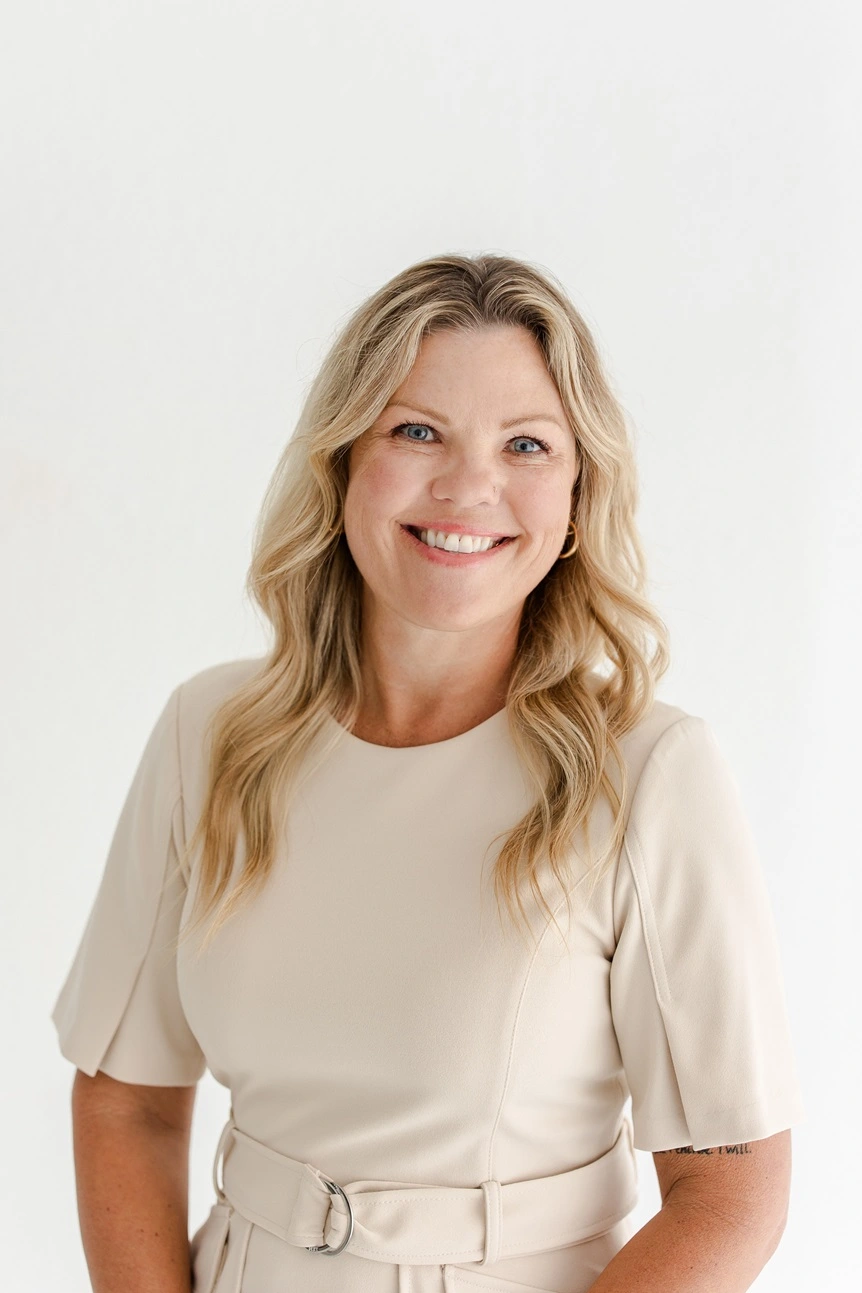Agoraphobia and Its Treatments

You can enhance the symptoms of agoraphobia with distinct self-care strategies, though particular prescriptions and talk therapy are the first line of therapy for the disorder. Agoraphobia generates fear of not escaping specific situations or locations like the movie theater, enormous crowds, long grocery store lines, or the subway. Individuals with agoraphobia might also fear not having help when encountering complex physical feelings like health issues or panic attacks.
The fear this disorder causes may force sufferers to avoid certain situations or engage in certain safety behaviors like requesting someone to come to the grocery store or ride the subway with them. Agoraphobia also leads people to fear leaving their houses in extreme cases. Effective therapy is available, and living with agoraphobia is difficult. You can uncover long-term benefits with psychotherapy, the treatment of choice for the condition. Speaking to a counselor in Winter Park is an ideal step toward enhanced mental health.
For people experiencing extreme panic symptoms, medicine can be helpful. In addition, there are distinct lifestyle modifications and self-care techniques to help control and reduce symptoms.
Talk therapy
Talk therapy or psychotherapy is considered the highest standard for treating agoraphobia. It can often offer long-term benefits and be particularly useful.
Exposure-based therapy and cognitive behavioral therapy
Exposure-based therapy is a special type of cognitive behavioral therapy effective for treating individuals with agoraphobia and panic disorder. This therapy involves systematic and gradual exposure to situations that trigger agoraphobia. Treatment generally begins with minor anxiety-provoking conditions and moves to more difficult conditions as it progresses. During treatment, you move through exposure exercises at a comfortable pace. After successfully completing one level, you move ahead to the next.
The therapy focuses on decreasing your reliance on safety behaviors, like bringing others along, scanning for exits, or having an empty or full prescription bottle with you. This therapy also uses interoceptive exposure to bring about the physical symptoms you dread to retrain your brain to realize that these signs are not as intimidating as you think. For instance, you may be asked to spin around in a chair until you're dizzy or breathe fast to induce hyperventilation. The theory is that individuals are less likely to encounter panic or fear when they understand exactly why they experience physical symptoms in the moment. When you are ready, feared situations are paired with feared feelings eventually, requiring you to generate physical sensations while in line at the grocery store, at the movies, on the subway, or anywhere that naturally sparks your anxiety. In addition, CBT helps you exercise methods for relaxation, learn to restructure destructive beliefs and unhelpful thoughts, and better understand the essence of your fear and anxiety.
Panic-focused psychodynamic psychotherapy extended range.
Panic-focused psychodynamic psychotherapy extended range is another alternative when exposure-based therapy does not improve or eradicate your agoraphobia. This treatment is practical for many anxiety disorders, including agoraphobia with panic disorder. It involves 24 bi-weekly sessions that help patients understand their anxiety. People living with agoraphobia examine the disorder's origins and any disputes and underlying emotions about their symptoms in a healing and validating environment.
